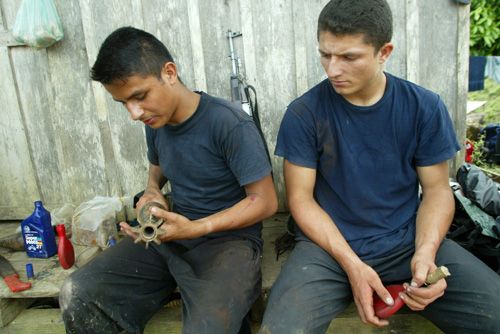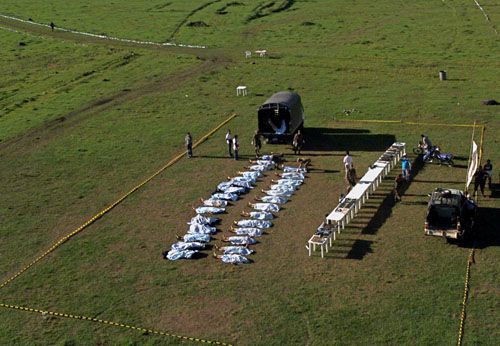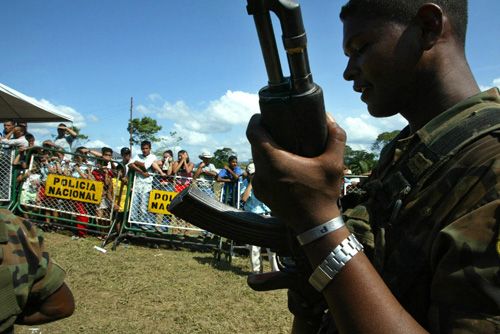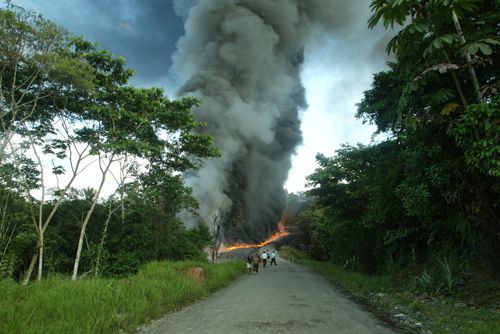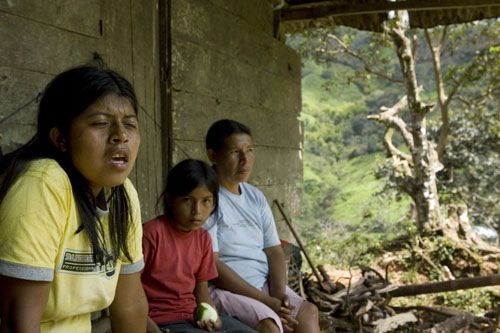July 14, 2007 | Pulitzer Center
After decades of civil war, there are few in Colombia untouched by violence. Looking at civilians, army and paramilitary troops, Carlos Villalon presents original and file photos of the impact of war on a population.
